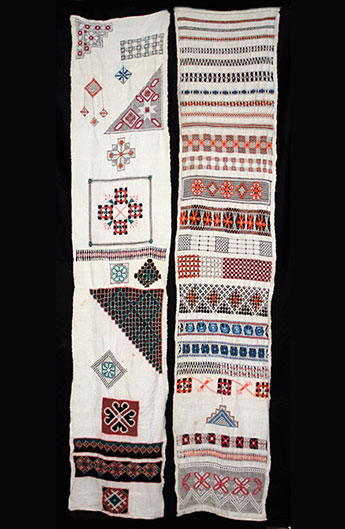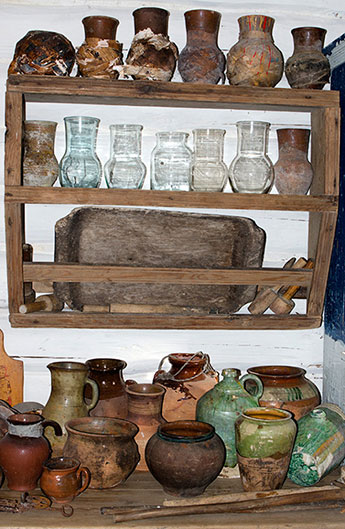On places praised by Paustovsky
Ryazan region, Spassky district, Orekhovo village
Tel.: +7 (910) 645-46-11
E-mail: pogoninsv@yandex.ru
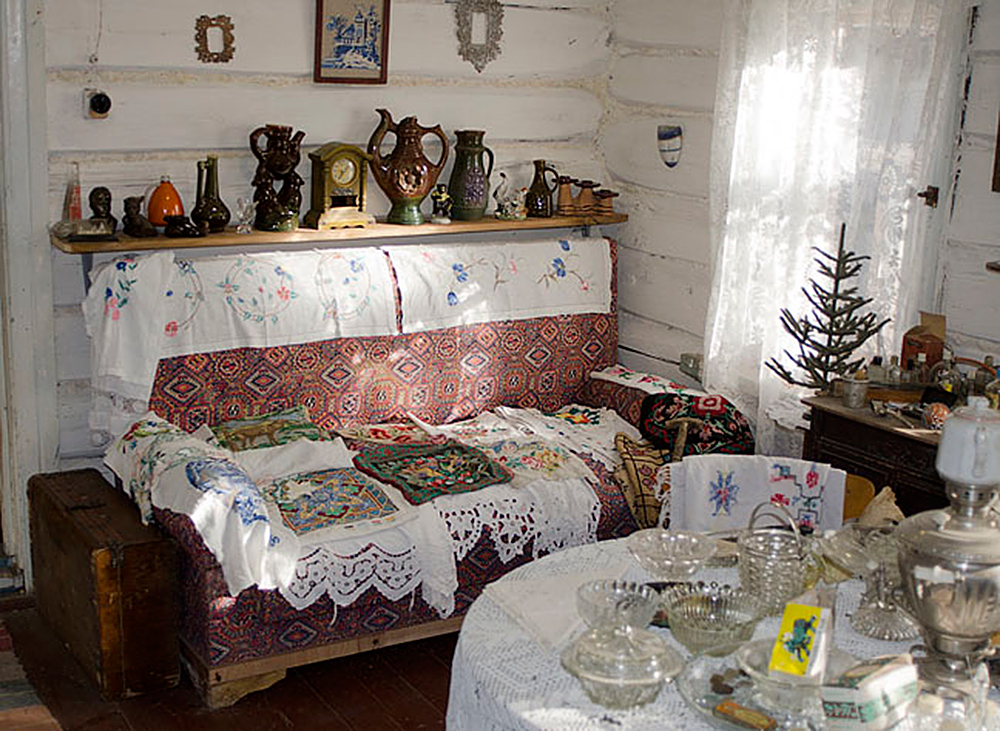 Local history Museum of Gorodkovichy Volost
Local history Museum of Gorodkovichy VolostMost founders of museums establish them in their homeland, but Sergey Pogonin is a whole other story. Sergey Viktorovich was born in 1958 in Novomoskovsk, Tula region. After graduating from school, he studied biology at the Voronezh State University and did his internship in the Okskiy Biosphere Reserve, Ryazan region. This place really got under his skin, so more than 20 years ago, after his placement in Siberia had been completed, he and his family came back to the place of his internship. “When I was a student, I found out that this place really resonated with me, I left a piece of my heart there, I guess, that’s why I wanted to settle near the Okskiy Reserve and nowhere else,” Sergey explained. “At that time, backpacking was quickly gaining popularity, so I decided to create some tourist attractions to lure people away from the Reserve. I encouraged my sons to engage in something close to the land, farming, that’s how we started to offer horseback riding tours. One of my sons really took an interest in it and started a horse tourism business right here in Orekhovo, where the museum is located. Actually, the decision to open a museum was just a fluke. We were looking for land to buy for his horse business, and in some houses, there were old things left by previous owners.
We carefully collected them so that later they could form a small exhibition for the guests who come horseback riding. Later, I bought a small house here, just to have a place to practice art and science. Four years ago, my elderly neighbor passed away. His heirs didn’t want to get anything from here because the house was decayed, so they gave me the homestead for free. There turned out to be a lot of old things from the Soviet times and even earlier. So I thought, since I got this place for free, even if it was dilapidated, why not add all the things I had gathered to this collection and open a museum. I spent a year collecting artifacts in the area, some things I got from the locals, others I found in abandoned and decayed houses.
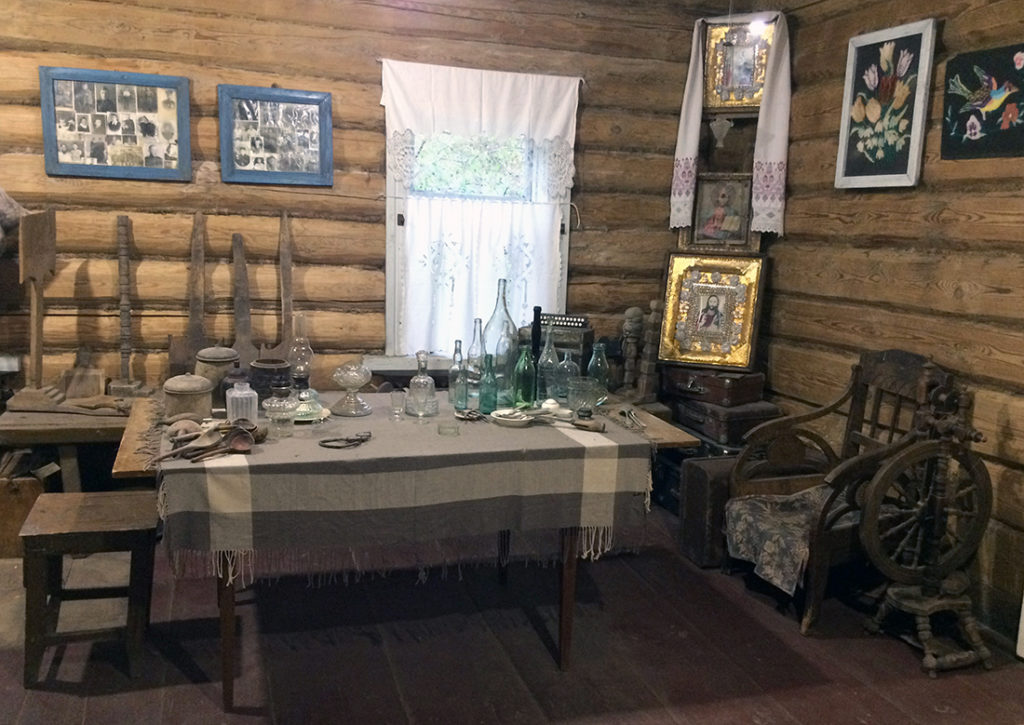 Local history Museum of Gorodkovichy Volost
Local history Museum of Gorodkovichy VolostThe next year I started studying the local history. I found out that a lot of information was publicly available. I decided to open a museum of the local history of the Gorodkovichi Volost. When I was collecting historical information, I was blessed to get access to the first population census of Russia of 1987, including the data on the Ryazan province. I spent a winter retyping information on the Gorodkovichi Volost from scans of the census forms posted online. Later, I found a book by a priest who served here in 1848-1898. He wrote down the history of one of the local villages during the 50 years that he had lived there. The book described customs, robbers, sorcerers, fires, pointed out economic issues. He built the first school and described the history of education in the village. These two sources provided a lot of material. I also turned to statistical compendiums of the late 19th and early 20th centuries in the form of tables and village descriptions to get information on specific villages. So for the last two years, I’ve been more engaged in studying history. In particular, it took me a year to gather data on participants of the Great Patriotic War, it ended up making a book. In the course of my profession, I have been practicing science for many years, so I am well aware of the principles of data collection, research, analysis, systematization. I was able to connect with professional historians who studied the history of the Ryazan province and published a considerable amount of information on the internet. That’s where I got the data on landowners. For example, the owner of Orekhovo was the first generalissimo of Russia. The villages of the Gorodkovichi Volost are more than five hundred years old, and even before that, trade routes passed through the region.
That’s how I switched from biology to history. By the way, living here, I found out that the locals, which there are only 50 out of 2000 once registered in Orekhovo, didn’t know their own history. There are legends and tales, but they are all far from the truth. Even local historians speaking at such events as the Village Day, present some misleading information, but the history of the Gorodkovichi Volost is actually very interesting.”
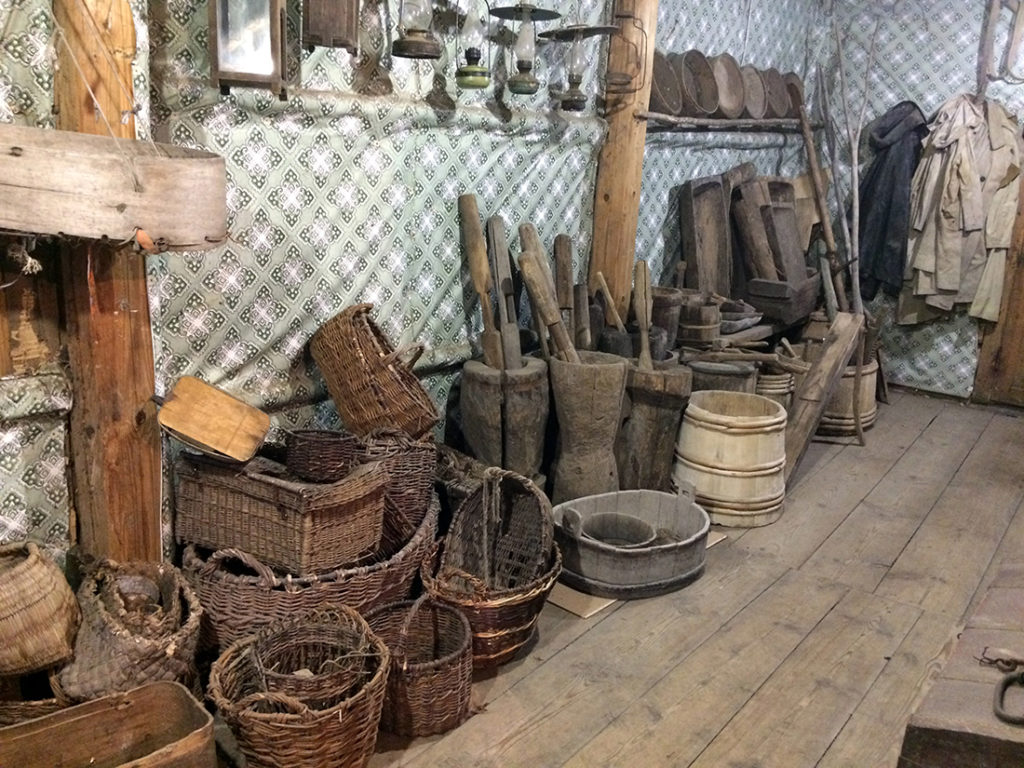 Local history Museum of Gorodkovichy Volost
Local history Museum of Gorodkovichy VolostIn the three main displays that Sergey Pogonin has already arranged, you can see handmade pottery and furniture, cooperage of the past two centuries. The collection of tools used by our ancestors, including ancient saws, planes, braces, is also of interest. Another interesting part of the museum collection presents the original local needlework tradition: bed skirts, napkins, covers, and tablecloths. The exhibition of the Soviet times allows you to immerse yourself into the recent past of the Orekhovo village.
“I have an idea to create a separate textiles exhibition,” Sergey Ivanovich shared his plans. “Local administration promised to give me a written-off and dilapidated house in Orekhovo. I want to patch it up and put all the textiles on display there: embroidery, crochet work, cutwork embroidery, and a loom. However, I have been waiting for this house for about three years now. Time is passing, the roof is leaking, and the wood is rotting, so, even if I get it now, I’ll need to spend a lot of money and effort to restore it. Unfortunately, I do everything myself, so I don’t have enough time for everything. I don’t even have a catalog yet, although there are already several thousand items in the collection. We get at least one new item a day. Some of it I get from the locals, some I find in the dumpsters. Recently, I found eight hand planes — a whole collection — and two more towels.
I haven’t yet gotten around to restoration or systematization either. My sons have their own families and small businesses, they don’t have time to help me with the museum, and I get it. You can only do it if you are passionate about it. I am, I’m obsessed with it. I want to build a hut in the yard to accommodate volunteers. I’m retired, so I can only count on my pension and small donations I get for excursions. There is no fixed fee, I conduct a tour, and then people leave me some money if they want to. Sometimes people just come, look around and, at best, say thank you. I hoped that there would be more tourists this year, but unfortunately there were few visitors. But to tell the truth, I don’t have any advertisement or signposts. The fact is, I didn’t register as an individual entrepreneur because I’d have to pay taxes, regardless of whether it brought profit or not. I learned about it and had enough of it back in the days of farming. The second reason I didn’t advertise the museum is that I lived in a neighboring village. I was afraid someone would get in the house because there were a lot of people with kids coming on vacations.”
Studying the history of the Gorodkovichi Volost and the entire Ryazan region, Sergey Viktorovich discovered the origin of his rare surname. “I discovered that our family originated from the Ryazan region. The Ranenburg district was previously a part of it. Now it belongs to the Lipetsk region,” says Sergey Pogonin not hiding his pride. “There once was a village where half of the villagers had the last name Pogonin. So the fate brought me back to the Ryazan region, where my family came from, as it turned out. The nature here, around the museum, is incredible. The house is located away from the roadway, the street is quiet, and in the spring, you can always hear nightingales singing. I even call it Nightingale Grove. I majored in biology, so for me, the flora here in the Ryazan region is very interesting, Paustovsky wrote a lot about this place, and I love it too.”
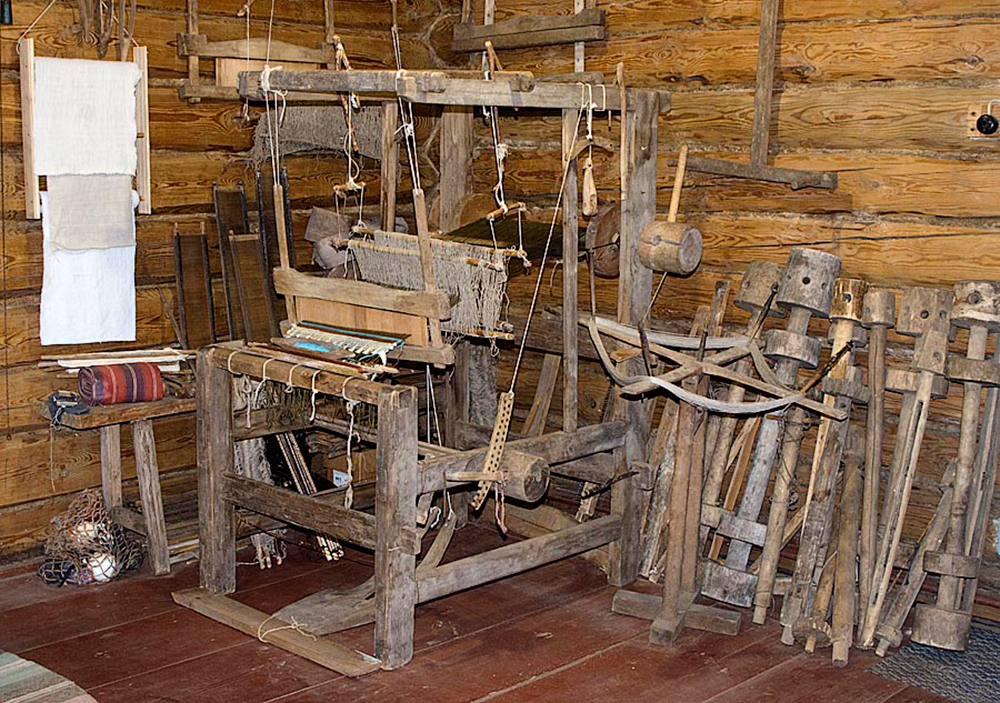 Local history Museum of Gorodkovichy Volost
Local history Museum of Gorodkovichy Volost